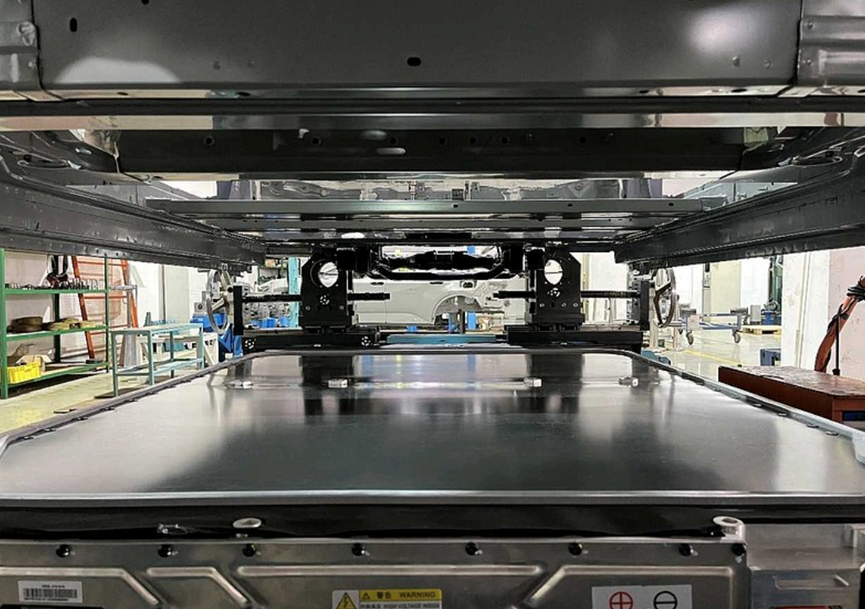Author: Zhu Yulong
Early in the morning, Xiaokang came to chat with me about the upcoming product launch of the Sealion. Though the event has not happened yet, some people have already leaked information. Based on the information I have gathered, I will do some analysis.
The Sealion is positioned like the Model 3 and built on the E-platform 3.0 technology. It features the transition from CTP to CTB battery body integrated technology. It comes in a rear-drive version (550 km+150 kW), a long-range rear-drive version (700 km+150 kW), and a four-wheel drive version (650 km+390 kW). It is designed with a standard heat pump air conditioner and uses the new generation of blade fast charging batteries. Its charging time from 30% to 80% is within 30 minutes, with the maximum fast charging power increasing to 150 kW.
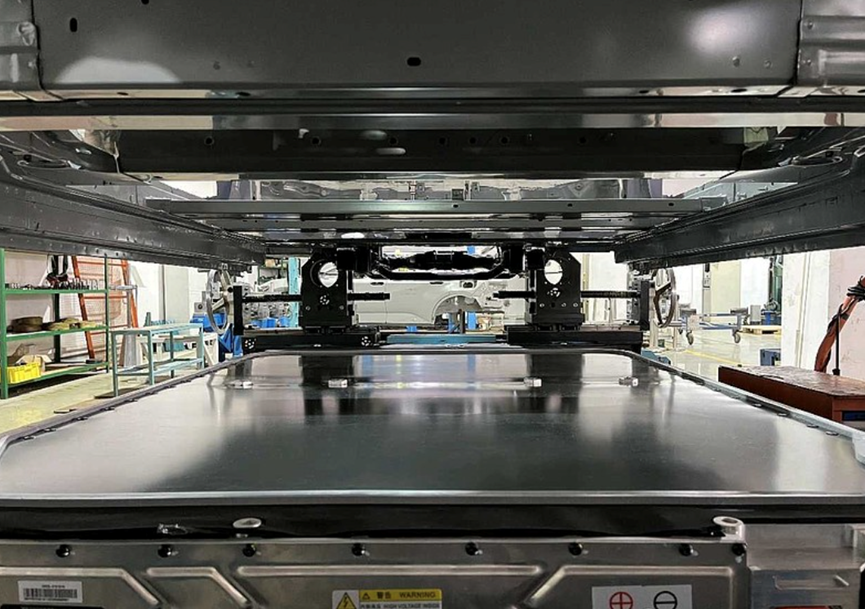
BYD Battery Iteration
From the publicly available data, two types of batteries are offered: 61.4 kWh and 82.5 kWh. These are the announced specifications of 1C, based on BYD’s new generation blade cells.
-
Gen 1 135 Ah: This is the battery cell used in the BYD Han EV that offers 65/77 kWh.
-
Gen 1.1 100 Ah: This is a low-capacity, special-purpose version designed for cars with less than 35 kWh.
-
Gen 2 150 Ah: It was previously used on the Yuan Pro.
-
Gen 3: It has a larger capacity than Gen 2 (i.e., 150 Ah). The technology feature is lower internal resistance DCR, designed for fast charging, which is in line with the fast charging requirements of lithium iron phosphate (LFP).

Looking at the structural design, based on the leaked images, BYD’s idea is to simplify the car’s design by integrating the battery pack and the car body. That is to say, the shell on top of the battery replaces part of the structure in the center floor, with the flat sealing surface of the battery cover, threshold, and front and rear crossbeams, sealed with sealant and mounted on the vehicle through installation points. In other words, when designing and manufacturing the battery pack, BYD integrated the new generation of Sealion’s battery system into the car body as a whole. The sealing and waterproof requirements of the battery itself can be met, as well as the relative simplicity of the sealing between the battery and the passenger cabin. The risks are controllable.
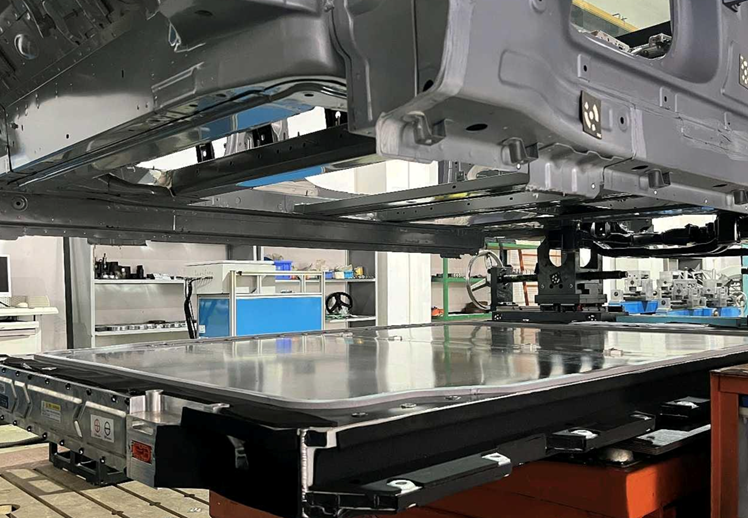 Here is the English Markdown text:
Here is the English Markdown text:
The overall effect is shown in the figure below. To follow this route, a new generation of buffer needs to be designed and added to the original battery casing to prevent car owners from directly pressing on the battery when stepping on the floor. Regarding this, Qianye and I have consulted with polyurethane suppliers.
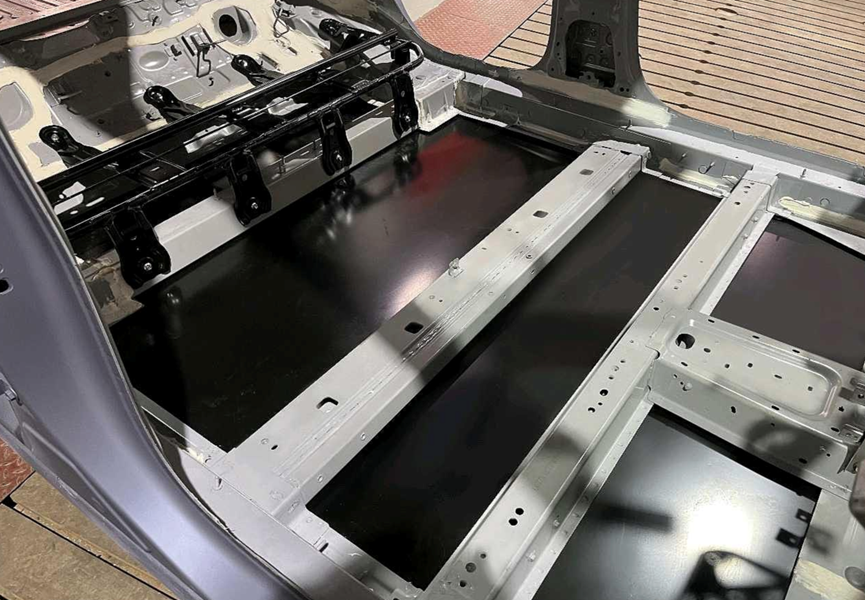
The comparison between the two solutions has been written before. Let me emphasize it again.
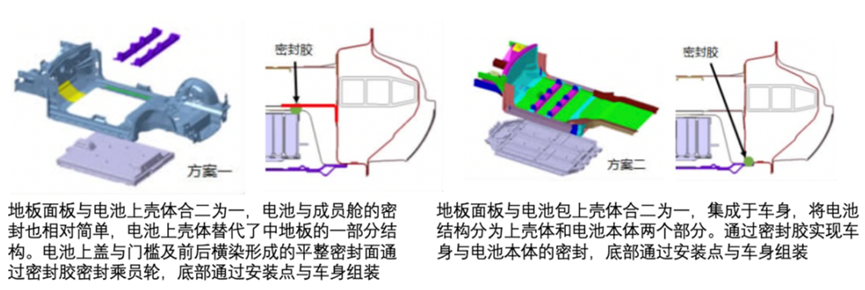
By the way, BYD’s recent heat pump system can also be mentioned separately.
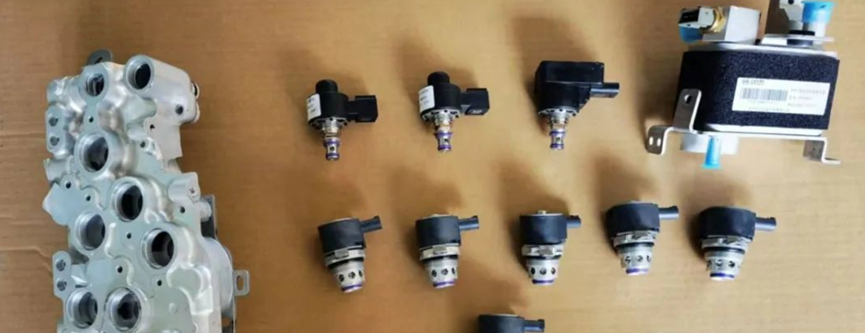
Weight of Battery Casing
Recently, I have been analyzing some casings. Essentially, with the increase of electric capacity, all automakers want to reduce weight. With the sharp rise in aluminum prices, the cost of a battery casing is a bit uncontrollable.

In short, the goal of this round of CTC is to coordinate the design of battery casing and vehicle body to reduce cost. On the one hand, the problem of double design of floor and upper casing in the Z direction is solved; on the other hand, the problem of lateral protection and vehicle structure collision protection is solved.
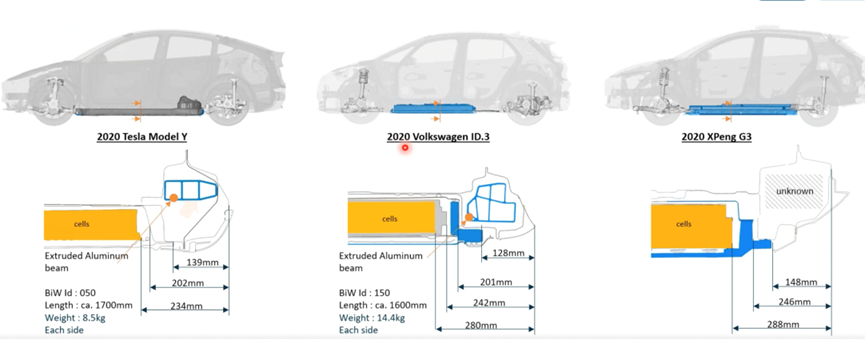
As shown in the figure below, the overall connection between the battery pack and the vehicle body, Tesla has twice as many connections as other automakers. In the new CTC design, this aspect is further coupled to make the connection more uniform (try not to disassemble).
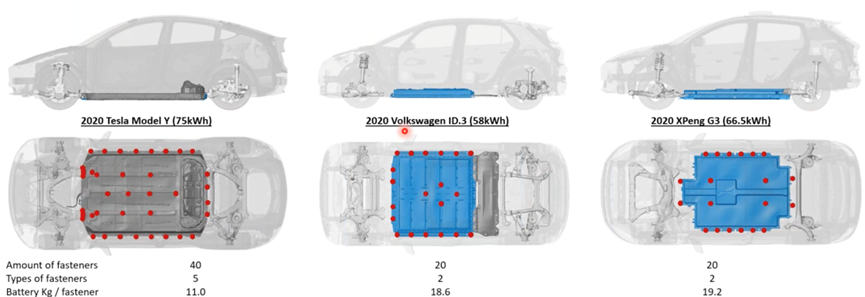
With the rapid increase in aluminum prices, these efforts can play a big role in cost control. Therefore, design release is not only publicity, but can also actually reduce the pressure of costs.Summary: Due to limited information, this is all I can write for now. It is expected that on May 20th, BYD will release a technical analysis of the Dolphin. We can then take a closer look at the vehicle’s performance.
This article is a translation by ChatGPT of a Chinese report from 42HOW. If you have any questions about it, please email bd@42how.com.
